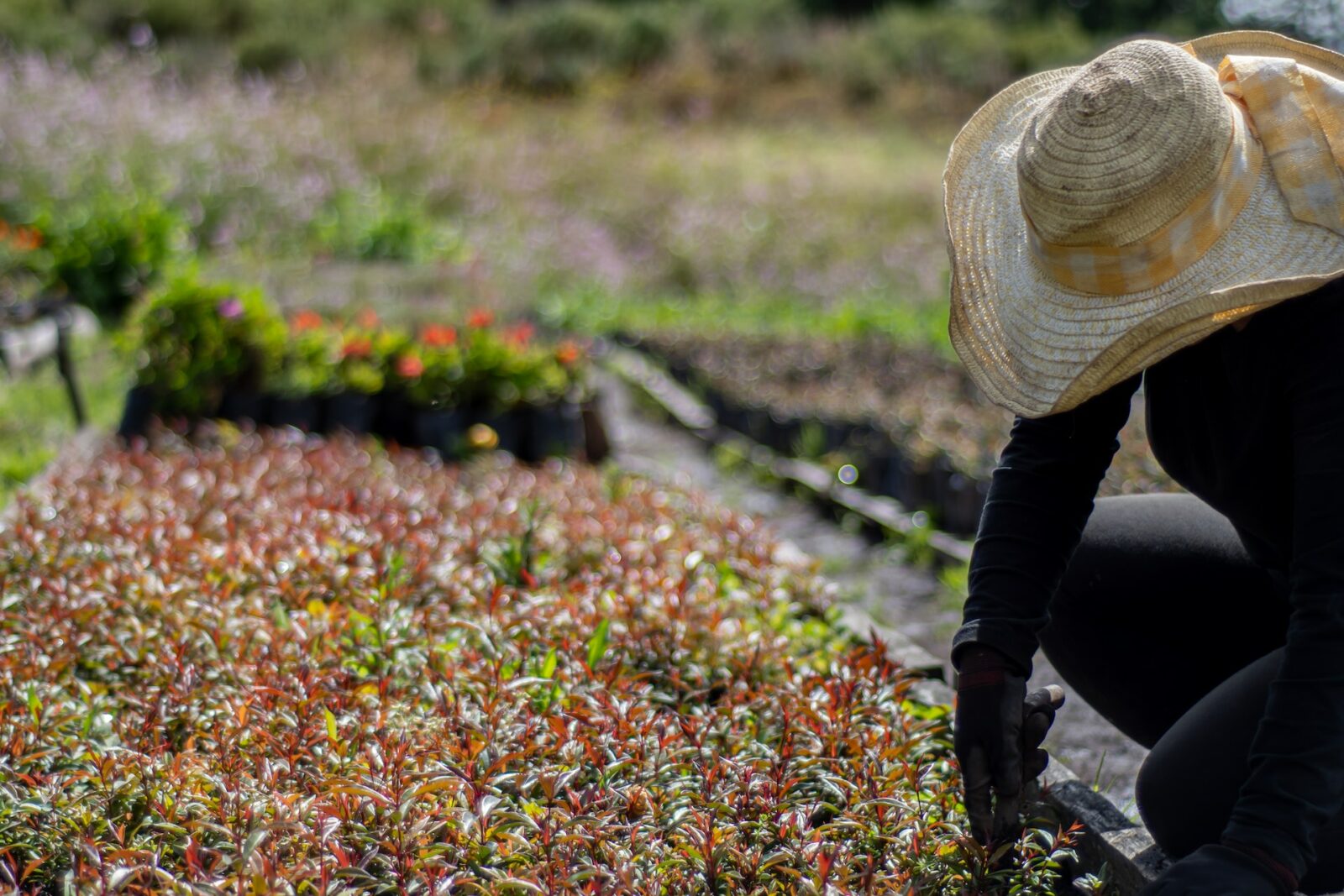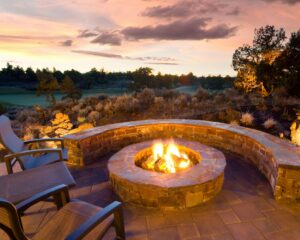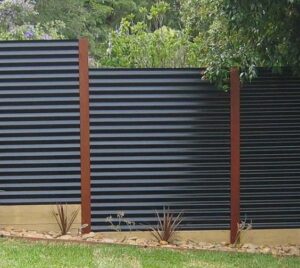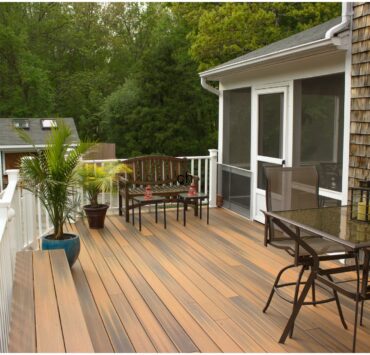The home garden is a haven, a space that allows you to disconnect from the busy pace of life and immerse yourself in nature. It’s a place to entertain guests, cultivate your own produce, and revel in the splendor of the outdoors. However, transforming your garden into a breathtaking outdoor oasis requires more than just planting some flowers and adding decorative touches. This article delves into some key garden design and landscaping tips to assist you in designing a stunning garden and crafting a lovely outdoor oasis.
Start with a Plan
Planning is the initial step in designing an attractive and practical garden. Take the time to iron out your objectives and garden aesthetic. This will enable you to make well-informed choices throughout the planning process. For example, if you want to grow your own vegetables, you will need adequate space for garden beds and consider elements like soil quality and sunlight exposure. Alternatively, if you have a passion for creating a flower garden, you’ll need to select flower types, colors, and how they can harmonize with one another.
After establishing your garden goals, it’s crucial to determine a garden design style that fits your tastes. Do you prefer a formal garden with structured beds and clean lines? Or perhaps a more casual garden with naturalistic plantings and a relaxed atmosphere? Your garden design style will influence the selection of plants and hardscaping elements like patios, retaining walls, and garden decor.
Once you have a clear understanding of your objectives and design preferences, it’s time to draw a rough plan for your garden. This garden plan should encompass the placement of garden beds, paths, hardscaping elements, and any other garden decor you intend to incorporate. While this plan may undergo changes as you work on your garden, starting with a well-defined vision is a good working foundation. It will enable you to create a thoughtful and well-put together outdoor haven.
Consider Your Climate and Soil
The success of your garden relies heavily on your soil and climate. If you want plants in your garden to grow and thrive, you need to research the plant varieties that thrive in your region. This includes assessing the amount of sunlight, temperature, and rainfall your garden will receive. Additionally, it is essential to test your soil and understand its nutrient content. The big idea here is to invest your time and energy in growing plants that will naturally take to the environment you will be providing it.
It’s worth noting that plants that thrive in one climate may struggle in another. Therefore, understanding the unique characteristics of your garden’s climate will enable you to select plant varieties that will thrive in your specific conditions. For instance, if you reside in a dry and arid region, consider drought-tolerant plant varieties that can withstand minimal rainfall.
Along with your area’s climate, soil quality is vital to the success of your garden. Soil upkeep is a tedious but worthwhile task for a thriving garden. By considering your climate and soil, you can select the right plants for your garden, resulting in healthy growth and a thriving outdoor oasis.
Choose Plants Wisely
When choosing plants for your garden, consider their suitability to your climate and soil, the available space, and their aesthetics. Opt for compact plants for small gardens and select plants with varying bloom times to maintain color and vibrancy throughout the growing season. When in doubt of what type of plants will suit your area, you can visit a garden center to see. The Chicago Tribune pointed out correctly that the city and suburbs have a wealth of garden centers with a sweeping range of offerings. Opt for local plant offerings for an easy selection of viable plants for your garden.
By thoughtfully selecting plants, you can enjoy a gorgeous garden throughout the seasons.
Incorporate Hardscaping
To add structure and visual appeal to your garden, consider incorporating hardscaping elements such as pathways, patios, and retaining walls. When selecting hardscaping materials, consider the style of your home and garden. For instance, a modern garden can benefit from sleek and polished hardscaping materials, while a rustic garden may benefit from natural and textured materials.
For a cohesive look, ensure that the hardscaping elements blend well with the overall design of the garden. Choosing complementary colors and textures can help create a cohesive look and ensure that the hardscaping elements don’t stand out as separate entities.
Add Garden Decor
Adding decorative elements to your garden, such as sculptures, fountains, or birdbaths, can bring personality and charm to your outdoor space. When selecting garden decor, use it as a matching or complimentary visual element with your garden as a whole. For example, a minimalist garden can benefit from simple and modern decor, while a bohemian garden can benefit from a mix of eclectic and colorful decor pieces. Don’t forget to match decor with the plants and hardscaping elements in your garden as well.
The key is to select decor that harmonizes well with what’s already present in your garden. You can add as much or as little decor as you want. But of course, overcrowding your garden with too many decor items can make it look cluttered and disorganized. Strike the right balance to get the garden that looks just right.
Maintain Your Garden
Your garden’s upkeep is part and parcel of having and landscaping your garden. Regular watering, fertilizing, pruning, and weeding are essential maintenance tasks that keep your plants thriving. Additionally, you’ll need to know how to address any pest infestations or diseases that can harm your plants. Neglecting these problems can quickly cause significant damage and reduce the overall appeal of your garden.
To make garden maintenance easier, you can create a schedule that outlines each task and the frequency with which you should perform it. For instance, you might water your plants every other day and fertilize them once a month. Regularly monitoring your garden for issues can help you identify and address problems quickly, preventing them from spreading.
Creating a stunning garden design takes time and effort, but with the right planning and DIY landscaping, you can design a beautiful garden that you’ll love for years to come. Whether you’re a seasoned gardener or just starting out, these essential home gardening tips will help you create your own outdoor oasis.








